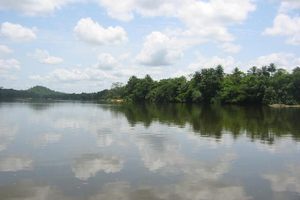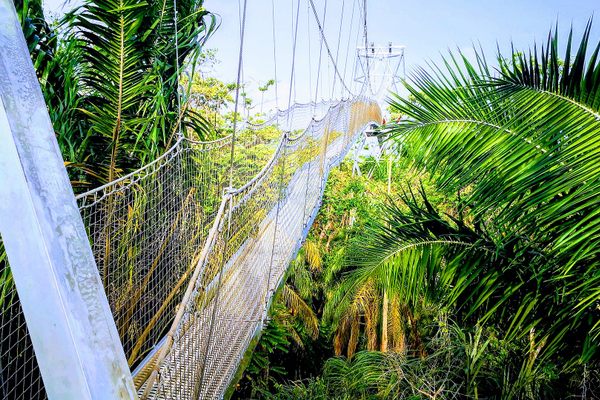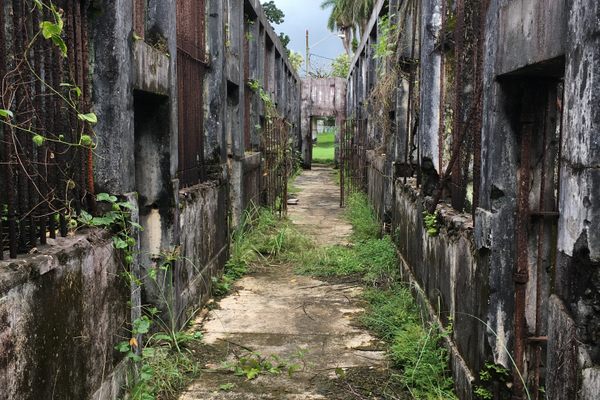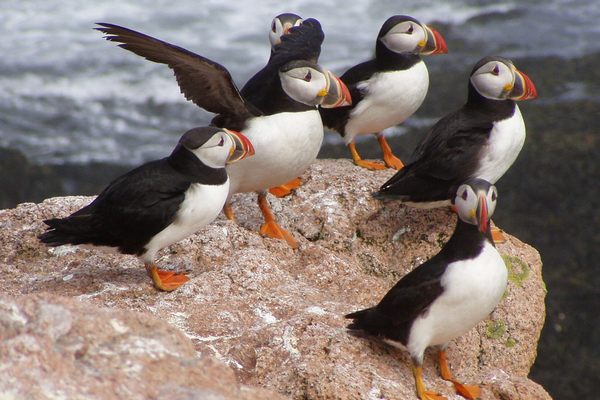About
Starting from the from the highlands of Guinea, the Moa River flows southwest toward the Atlantic Ocean. Along its path, the wide river hosts a cluster of islands. One of those is Tiwai Island, a 12-square kilometer piece of land in the southwestern region of Sierra Leone (about 30 kilometers from the Liberian border).
In the Mende language, Tiwai means "big island"—appropriately, as it is one of the largest inland islands in Sierra Leone. In the late 1970s, Tiwai was recognized as a special biosphere for wildlife conservation.
The island is a protected wildlife sanctuary with a lush rainforest and a rich biodiversity with a high concentration of endemic species—those found nowhere else in the world. Tiwai is home to some 9,000 plant species (20 percent of which are endemic), 785 bird species, 320 mammal species (with 11 different species of monkeys), 425 reptiles species, and 510 freshwater fish species (35 percent of which are endemic).
Among mammals, the rare pygmgy hippopotamus is one of Tiwai's most important animal representatives. These elusive, solitary animals are much smaller than other hippos—about half as tall and a quarter of the weight. They are more active at night, when they emerge to feed on swampy vegetation. Pygmy hippos are only found in the Gola Rainforest in Sierra Leone and in parts of Liberia.
Management of Tiwai Island is handled by the Tiwai Island Administrative Committee, the oldest community conservation program in Sierra Leone. The committee is made up of representatives from eight communities within the Koya and Barri Chiefdoms. These communities from the surrounding lands collaborate to protect the island and its resources in exchange for community development and livelihood assistance. Tiwai Island is a popular ecotourism destination as well as a research facility for visiting scientists.
Related Tags
Know Before You Go
Tiwai Island is reachable from Potoru village (the village people can provide the boat and the guides). Before COVID-19 ita was possible to sleep in the island in the research compound.
Published
April 13, 2021























